To ensure smooth economic operations and attract investment, large, stable and continuous power supplies are needed.
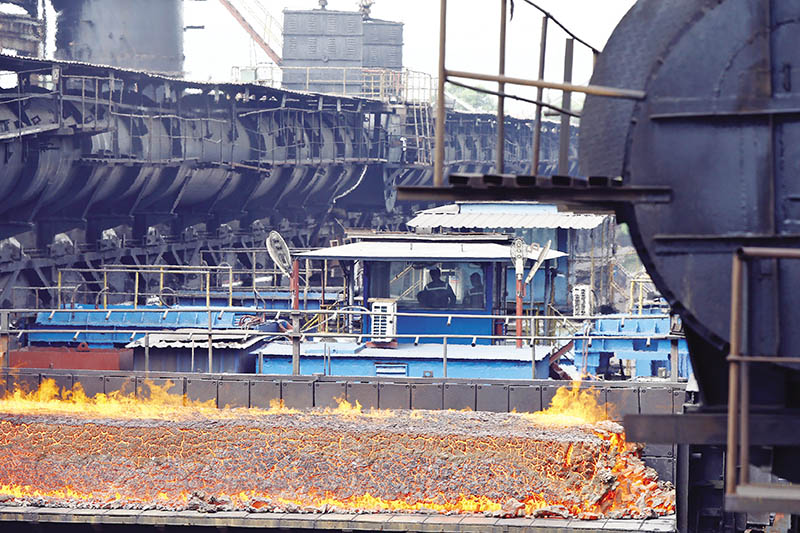 |
| Steel production at Hoa Phat Group. Photo: Duc Thanh |
Electricity is the basic foundation
At the meeting between the Prime Minister and foreign investors a few days ago, continuous and stable electricity supply was mentioned by many foreign business associations as one of the key conditions to maintain production and attract investment.
Mr. Joseph Uddo, Chairman of the American Chamber of Commerce (AmCham) in Hanoi, warned that many of Vietnam's goals will be difficult to achieve without a stable and affordable source of electricity.
The power outage in the North in mid-2023 was also mentioned by Japanese companies, as it was impossible to plan production and forecast delivery dates. This greatly affected the Just in Time model - the core of the supply chain. Some Japanese companies are even considering and reviewing their global production systems.
Sharing the reality in Korea, Mr. Hong Sun, Chairman of the Korean Business Association in Vietnam, said that when the Korean Ministry of Industry and Trade planned industrial development, they planned electricity development first. Without electricity, there is no industry. Steel production, semiconductor production, screens, batteries, etc. - all use electricity, so Korea needs to ensure a huge source of electricity.
Statistics published from many sources show that in 2022, South Korea consumed 567 billion kWh of electricity. Thus, with a population of 51.7 million people, South Korea has an average electricity consumption of 11,000 kWh/person/year.
During the same period, Vietnam consumed 242 billion kWh. If calculated per capita, it is only 2,420 kWh/year.
However, in the past, Vietnam's ability to ensure a stable, continuous, and safe power supply has become one of the prerequisites to attract a large number of investors, including Korean enterprises.
Specifically, by the end of 2013, the total investment capital from Korea to Vietnam had only reached about 23 billion USD. But in the next 10 years, until the end of 2023, the total investment capital from Korea to Vietnam has reached 85 billion USD. Most of the Korean investors in Vietnam recently are operating in the industrial production sector with big names such as Samsung, LG, Hyundai, Hyosung.
At present, according to Mr. Hong Sun, for Korean enterprises wishing to invest in Vietnam, especially high-tech enterprises such as semiconductors, Vietnam's electricity shortage is one of the main factors that makes them hesitate in making investment decisions.
This fact once again shows the urgency of electricity being one step ahead in economic development.
Big power still waiting
To ensure the system's operation, it will require power sources with stable and continuous operating hours such as large hydropower, offshore wind power, coal power, gas power or nuclear power.
Based on Vietnam's current situation and emissions commitments, only offshore wind power and gas power, including domestically exploited gas and imported LNG, can now undertake this task.
 To ensure the system's operation, it will require power sources with stable and continuous operating hours such as large hydropower, offshore wind power, coal power, gas power or nuclear power.
To ensure the system's operation, it will require power sources with stable and continuous operating hours such as large hydropower, offshore wind power, coal power, gas power or nuclear power. 
However, according to recent calculations by the Ministry of Industry and Trade, it will take 7-10 years to complete the LNG power project.
Specifically, it takes 2-3 years to complete and approve the feasibility report and necessary legal documents for an LNG power project. Then it takes 2-4 years to negotiate a power purchase agreement (PPA) and arrange loans, depending on the investor’s capacity, experience and finances. The time to build and put into operation a plant with a capacity of about 1,500 MW is 3.5 years.
However, in reality, even though the investor has been selected as the investor to develop the power project, if the investor cannot sign a PPA with Vietnam Electricity Group (EVN), the loan source to implement the power project (even if negotiated) still cannot be officially poured in and disbursed.
Currently, in addition to the Nhon Trach 3&4 LNG Power Project, which has completed more than 80% of the work but has not yet signed an official PPA, other imported LNG power projects, although having selected investors, have an unclear completion date.
Even the chain of power projects from domestically exploited gas such as Block B and Blue Whale, although clearly seen to be effective and contribute to the budget when implemented, could not move quickly in the past 10 years. Although the Ministry of Industry and Trade has proposed and assigned relevant ministries to build a financial mechanism for EVN and the Vietnam National Oil and Gas Group (PVN) to synchronously deploy the chain of gas-electricity projects, not creating pressure on electricity prices and burdening EVN, it is not known when it will be done.
The situation is even more difficult for offshore wind projects, as the legal processes and feasibility of these projects remain unclear. Not to mention, an offshore wind project takes about 7 years to develop.
In addition, in order to implement the transmission network development plan as expected in the Power Plan VIII, socialized capital sources are highly anticipated. However, although the revised Electricity Law took effect from March 1, 2022, with the main focus being on socialized investment in transmission, no decree or implementation instructions have been issued in the past 2 years. In addition, no private sector has registered to do transmission as in the previous solar power fever.
Faced with the reality that too many projects are behind schedule or facing a "forest" of procedures, which has led to projects not knowing when they will start and finish in the past 7-8 years, Mr. Thai Phung Ne, former Minister of Energy, once said that "we must bring the spirit of Son La and Lai Chau into implementing power projects".
Accordingly, more than ever, the Government needs to clearly demonstrate its role as a “conductor” in proposing urgent and appropriate policies to diversify investment forms, attract various capital sources to develop key areas, including electricity infrastructure with the goal of ensuring sufficient electricity supply for production and daily life, meeting the requirements of socio-economic development. If delayed and not resolute, the price to pay will be unpredictable shocks, not only in economic development, but also related to society.
Source








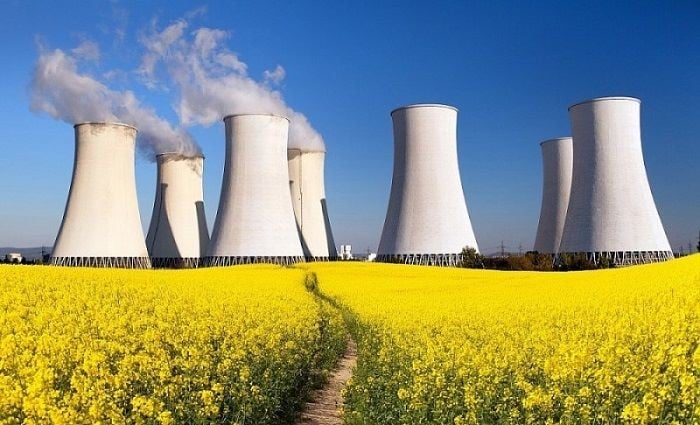

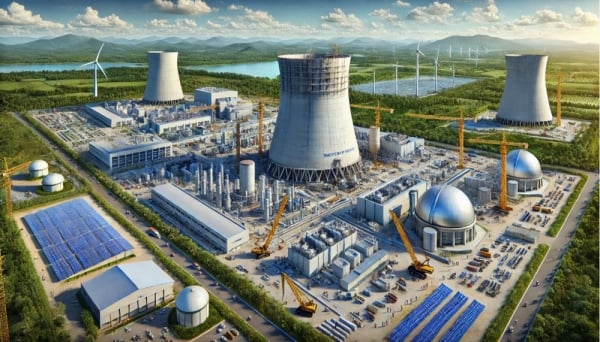

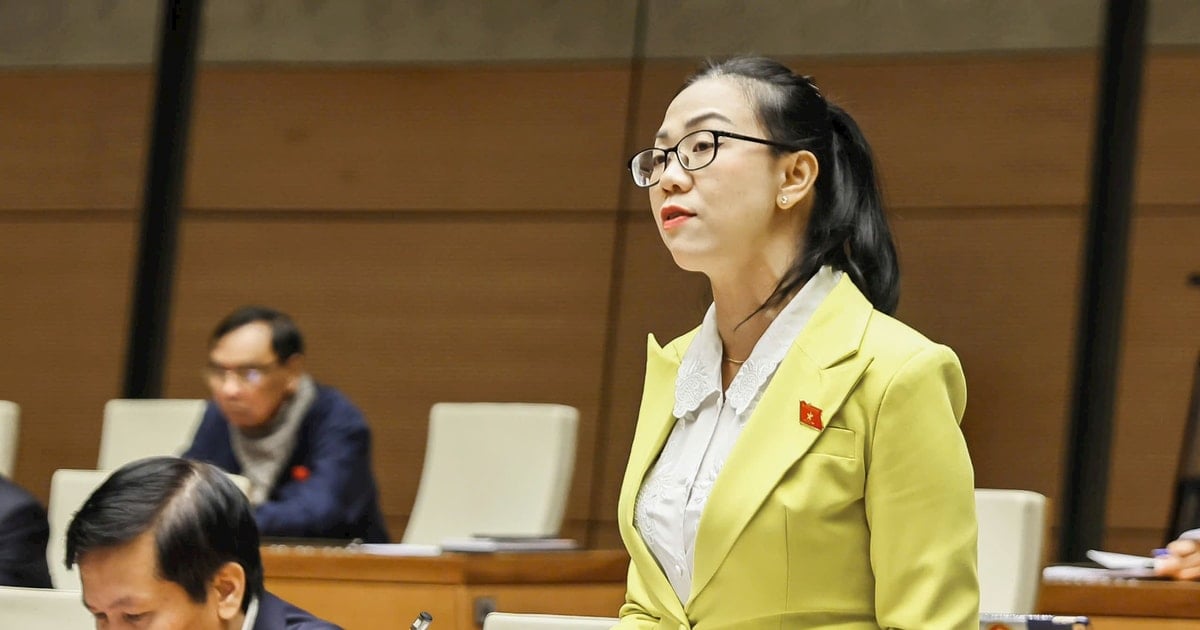

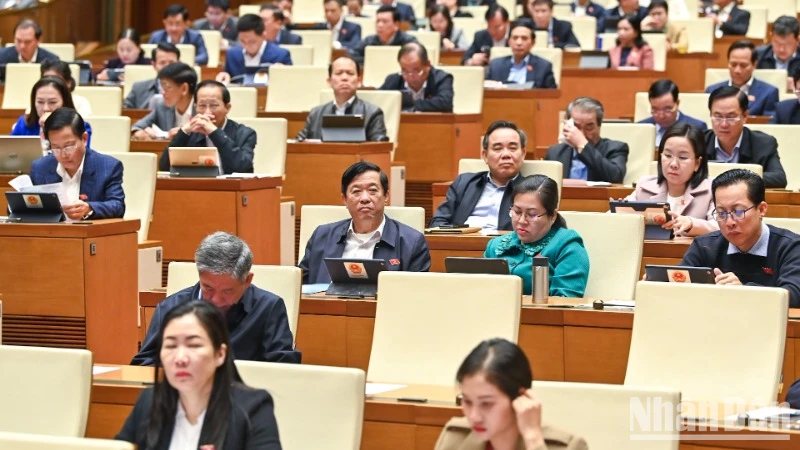

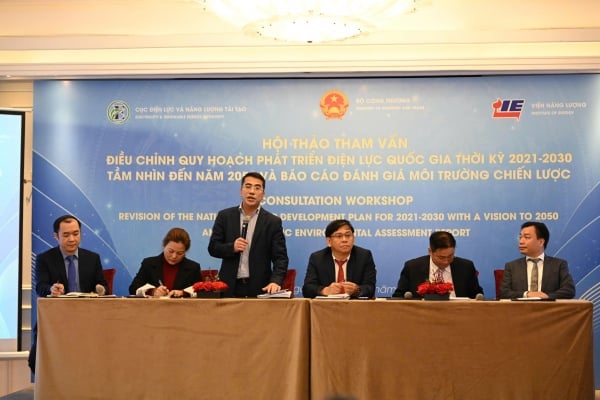
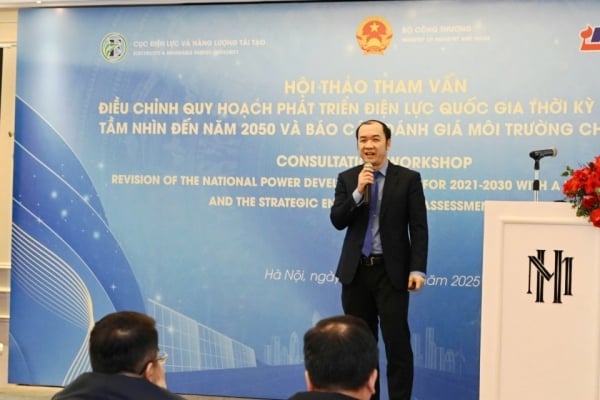
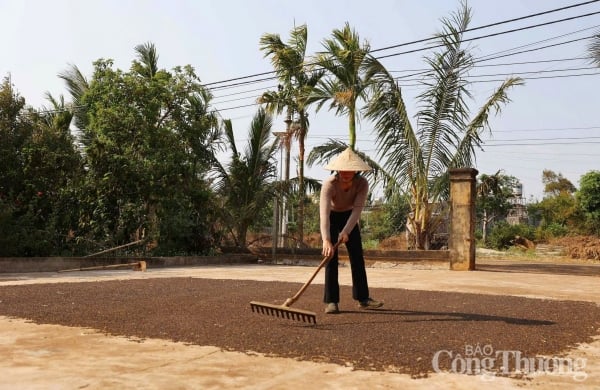
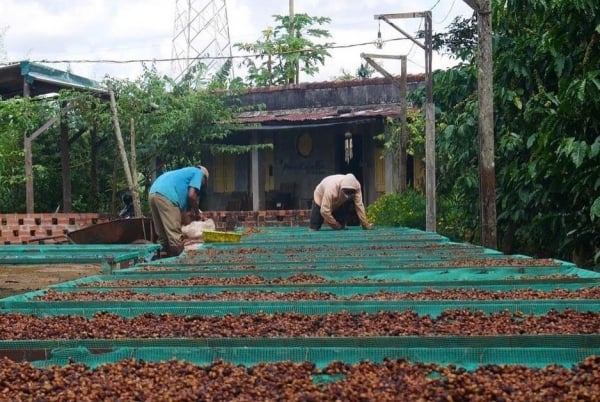
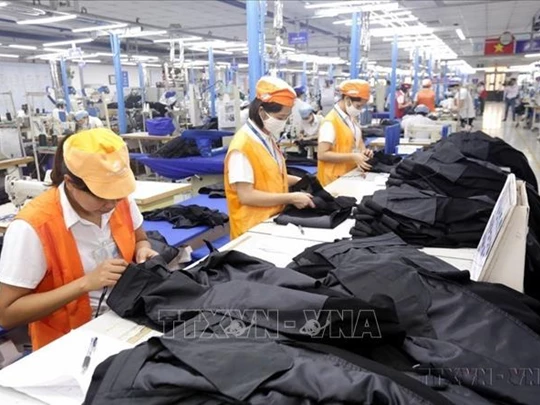





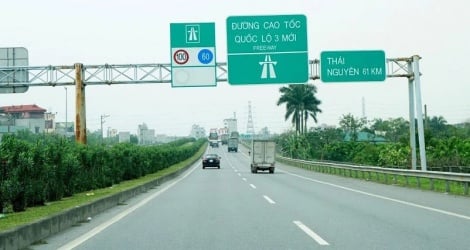
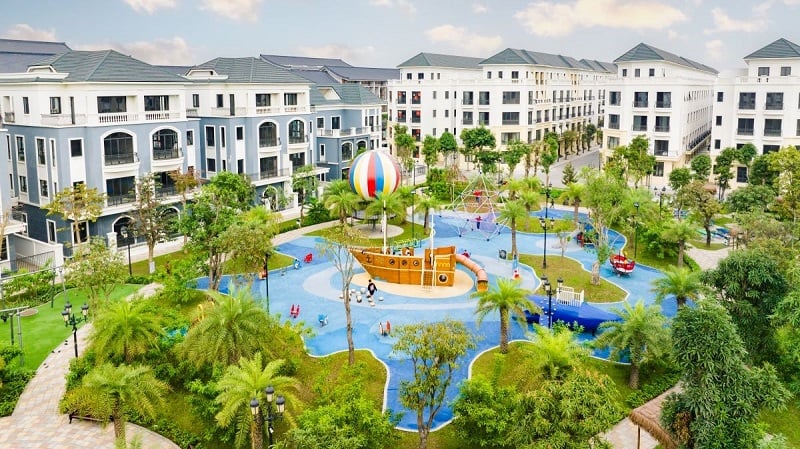
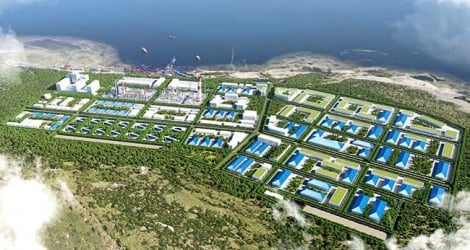
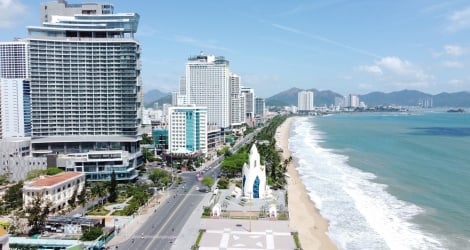
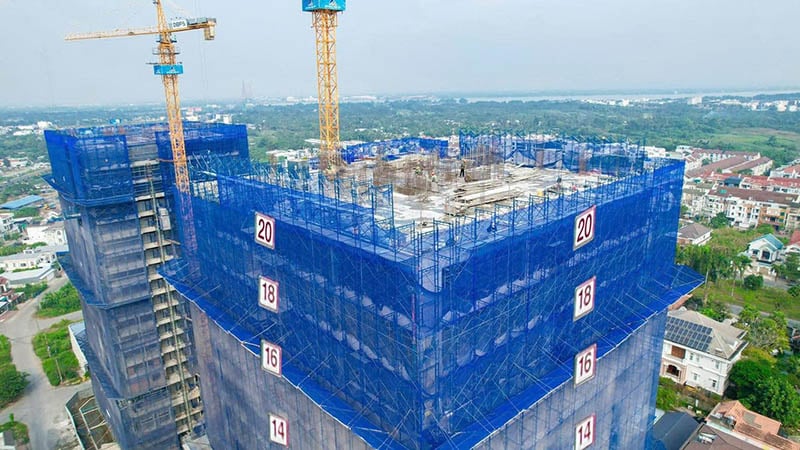
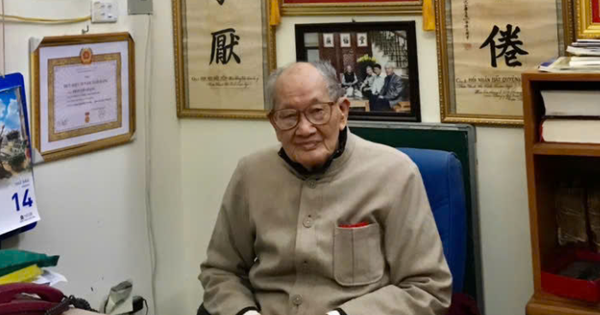












Comment (0)